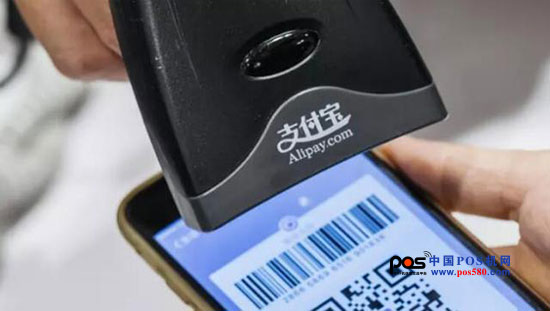Mobile payment in China is 50 times larger than in the US

According to foreign media reports, market data shows that the size of mobile payments in the Chinese market last year was nearly 50 times larger than that of the United States. Mobile payments are considered to be the gateway to the Internet financial ecosystem, and Chinese Internet companies have taken the lead.
The development of China Mobile (microblogging) payment has been driven by e-commerce, P2P online loans, and online money funds. At present, more than half of China's public funds are online, far higher than 5% in 2012.
Last year, physical retailers, including supermarkets, restaurants and clothing stores, ushered in a turning point in the acceptance of online payments. Starbucks announced in January that Chinese stores will begin to accept Tencent's WeChat payment. In 2016, China's O2O services, such as taxis and takeaways, also achieved rapid growth.
Zennon Kapron, head of Shanghai-based financial technology consulting firm Kapronasia, said: "The digital payment platform is still a key part of China's financial technology infrastructure. It is also an important source of transactional data and financial data, and payment companies. We are also using these data to develop new financial technology platforms, products and services."
According to iResearch, the value of third-party mobile payments in China in 2016 was more than three times that of the same period last year, or $5.5 trillion. WeChat Pay and Alipay's Alipay are market leaders. According to Forrester, mobile payments in the US grew 39% year-on-year to $112 billion. This market is divided by companies such as Apple, Google (microblogging), Samsung and PayPal.
China's leading position in mobile payments also lies in the lack of other competitive cashless payment methods in the Chinese market. Compared with developed countries, the popularity of credit cards in the Chinese market is very low, and the use of debit cards for online payment is very troublesome, and it is usually necessary to use SMS, U-Shield and random code generators for verification. In contrast, using Alipay and WeChat payment is more convenient, users only need to scan the QR code on the retailer's POS terminal or smartphone.
Market research firm eMarketer said in the report: "The rapid spread of close-range payments in the Chinese market is partly due to the 'back-up advantage'. Unlike the US and other regions, China does not have a strong credit card culture. In fact, Chinese consumers from cash Jumped directly to mobile payments."
In addition to directly charging transaction processing fees, Alipay and WeChat Pay also bring valuable user data to Ant Financial and Tencent for user credit rating, advertising and product development.
However, the total value of mobile payments in the Chinese market does not exactly correspond to actual economic activity. For example, in the recent Spring Festival holiday, friends and relatives will send each other a red envelope. Although the red envelope is the actual cash, it is often considered a social form, and the red envelope that the user sends and receives is basically the same. According to iResearch, in the third quarter, about 60% of mobile payments in China were P2P transfers. However, some of the participants are also small businesses that have not yet opened a commercial payment account.
Li Zhefeng, an industry analyst at iResearch, said: “Initially this was just a holiday game, but after several Chinese New Years, this has become a daily behavior. In the past, people used bank cards to transfer money, but now such transactions are turning Mobile devices."
From the perspective of the growth of mobile payments, China still far exceeds the United States. Forrester expects the US payment market to reach 2.6 times the size of 2015 by 2019. The data of iResearch shows that the growth rate of China's payment market will reach 7.4 times.
In the United States, personal payments to offline retailers, rather than mobile payments, will be the main growth driver. In the US and Europe, NFC (Near Field Communication) payments for mobile phones will be more popular than QR code payments.
Forrester expects that half of the US retailers in the survey plan to install NFC terminals by the end of 2016, or have installed such terminals. However, driving changes in user behavior can still be a challenge. Forrester said in the report: "It is difficult to change habits. In the queue channel, users are still used to taking out credit cards instead of mobile phones."
Double Handle Kitchen Faucets,Luxury Bathroom Faucets,Vintage Kitchen Sink Faucets,Vintage Style Kitchen Faucets
Kaiping Yufa Sanitary Ware Co.,ltd , https://www.yufa-bathroom.com